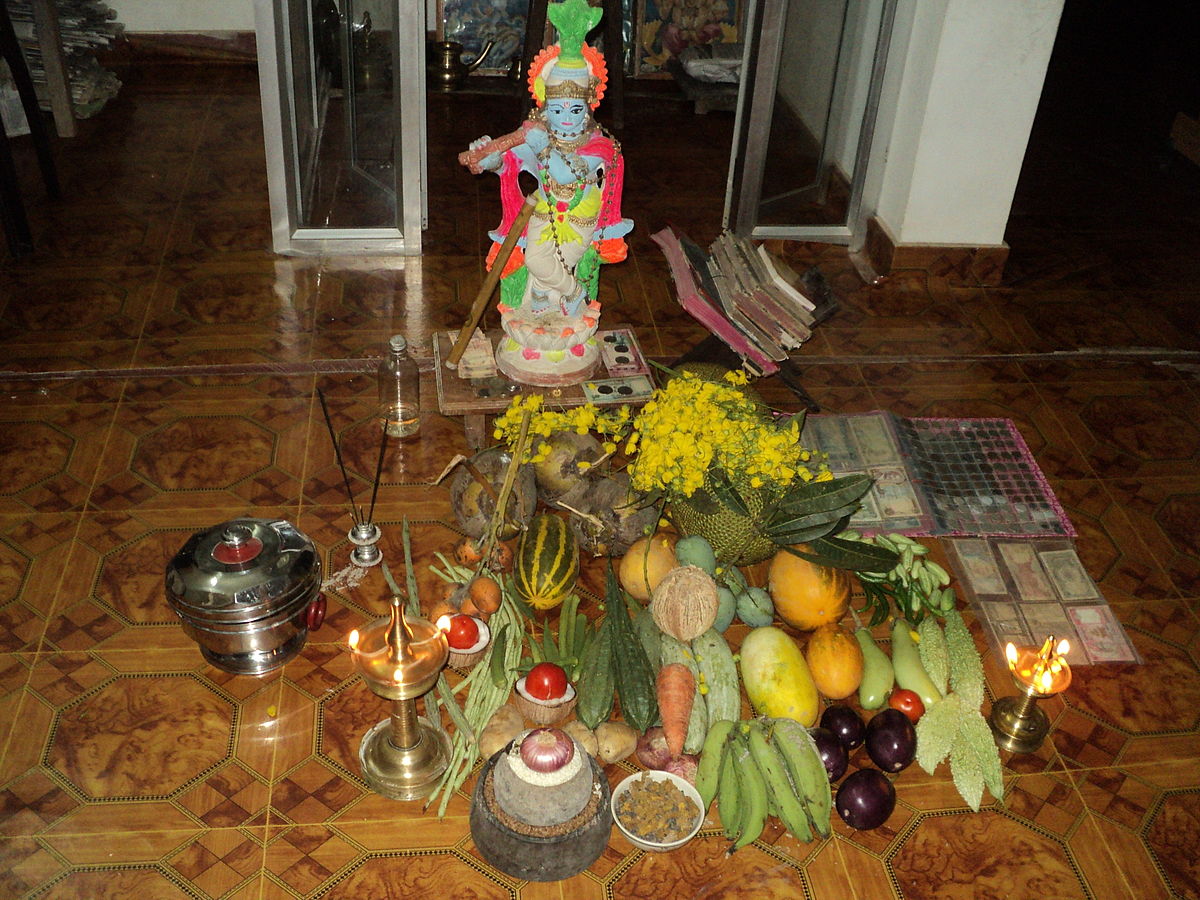Source: Pinterest.com
Possessing a great love for travelling, I have always wondered what seasoned or frequent travellers do on long-haul flights. Though I have been flying since I was a month-old (so my mother tells me), this is a puzzle I am yet to solve. I have tried almost everything one can think of and nothing holds my interest for long while flying. I am an avid reader but I get easily distracted while reading on a flight. I love music but seem unable to keep my air-pods on while sailing in the clouds. At one time, I solved crosswords but it made my ‘better-half' cross! Watching films was fun too but I would simply fall asleep halfway through. While, on the other hand, if I planned to catch up on my sleep one day, then I could be sure of not even catching 40 winks!
Conversing with fellow passengers is another option I attempted but with my luck, I mostly found the most boring/boorish or outright rude people seated next to me. Once, I even tried to eat my way through the flight but ended up feeling nauseous and so gave that up soon enough. For a while, I tried my hand at in-flight photography but friends and relatives got sick of seeing endless pictures of clouds of various shapes and sizes on my social media account. Sometimes, I try to get some work done but handling a laptop in cramped economy-class seating is a feat in itself.
Source: Shutterstock
When my kids were still ‘kids’, even though they drove me crazy, at least their antics helped to pass time. Initially, one kept them occupied with games like chess or Uno. However, when they reached their teens, they found their own means of entertainment (Read: cell-phones and tablets), and so wanted to be left to their own ‘devices’ (pun intended); parents were expected to mind their own business and hopefully even be seated separately, lest we embarrassed them! Gone were the days of Antakshari and Atlas and I was back to being bored!
Recently, I asked some friends at a party for ideas on this issue and they came up with quite a few; some of which I had already tried and some which I probably never would. One suggested I file and paint my nails; another suggested that I try giving myself a mid-air facial and then put on a face pack for about 30 minutes. She added that it would not only improve my skin’s glow but also help pass time. A third one even told me to flirt with fellow passengers; she said it was great for the mid-life blues!
Sick and tired of all these ‘trials and errors’, I have now decided to henceforth simply sit back, look at the clouds as they float by, and philosophize about life in general. At this rate, a few more flights and, rest assured, I will be Guruma Rohini! A scary prospect to say the least! So readers, why don’t you share your thoughts on how you spend your time on flights? Is there anything quirky or fun or maybe, even useful that you do while flying? Do leave your comments; maybe someone would solve this problem for me once and for all!
ABOUT THE AUTHOR
Rohini Razdan is a qualified journalist, copy writer and editor, who writes articles in her leisure time. She has had a passion for the English language and the written word from early on. Her other interests include reading, travelling, films, music, poetry and exploring the human psyche. She considers herself a moderate, liberal humanist.
Rohini Razdan is a qualified journalist, copy writer and editor, who writes articles in her leisure time. She has had a passion for the English language and the written word from early on. Her other interests include reading, travelling, films, music, poetry and exploring the human psyche. She considers herself a moderate, liberal humanist.
NOTE:
This article is a reader contribution and all views and opinions in the article are those of the writer alone. Other readers who may be interested in contributing to this blog may mail their articles with a short biography and a profile pic to left.right.tcenter@gmail.com. The right to publication rests with the blog owners.




















